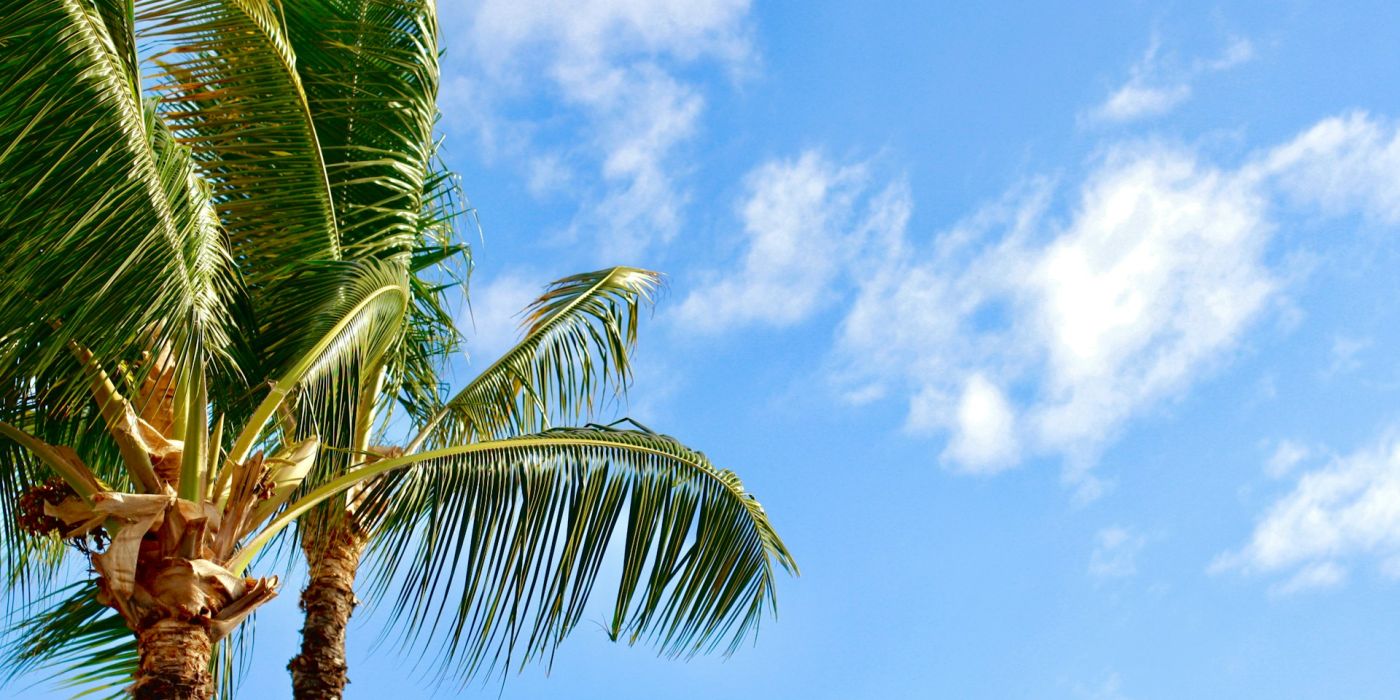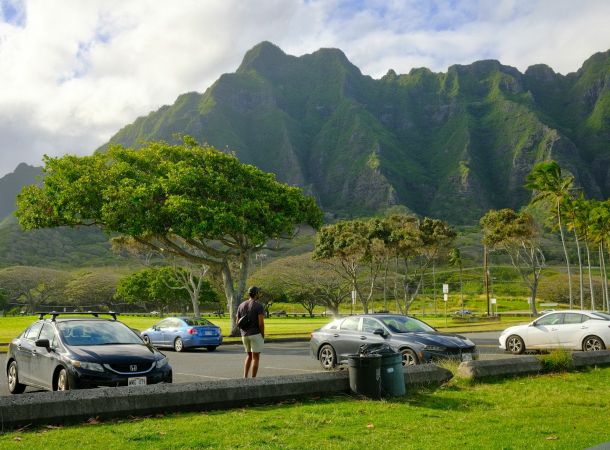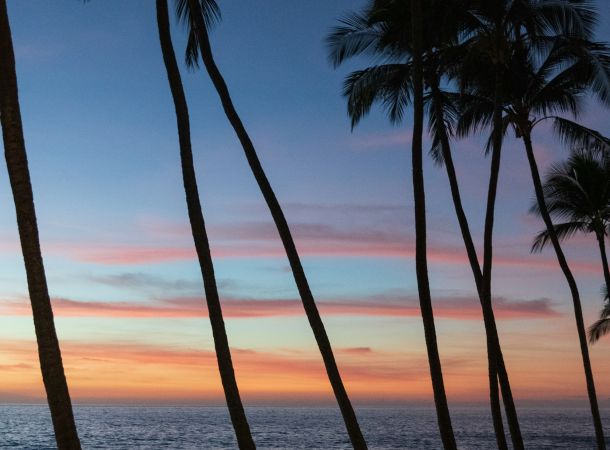Kona Weather Guide and Forecast: What to Expect Year-Round


Kona, located on the sunny western coast of the Big Island of Hawaii, is known for its tropical semi-arid climate, making it an ideal destination for travelers looking for consistent warmth and sunny skies. Whether you’re planning a vacation or considering a move to this beautiful island, understanding the weather in Kona is essential to making the most of your experience. In this guide, we’ll explore Kona’s climate, temperatures, rainfall patterns, and more to help you prepare for your visit.
Kona’s weather is one of its major attractions. With warm temperatures year-round and relatively low rainfall, it offers a tropical paradise for outdoor activities, beach trips, and relaxation. The average temperatures in Kona range from 70°F to 82°F (21°C to 28°C), making it comfortable throughout all seasons. Whether it’s summer or winter, you can expect mild conditions and clear skies during most of your stay.
Kona experiences mild and consistent temperatures throughout the year, with little variation between seasons. Here’s a breakdown of what you can expect:
This means that regardless of when you visit, you can expect comfortable warmth without extreme fluctuations. The warmest months in Kona are typically from June to September, while the coolest months are from December to February. Whether you’re visiting in summer or winter, Kona offers a perfect escape from colder climates.
Kailua-Kona (West Coast)
Hilo (East Coast)
HILO WEATHERKohala (North Coast)
KOHALA WEATHERKilauea (South Coast)
KILAUEA WEATHERKona is one of the driest regions on the Big Island. The area receives an average annual rainfall of just 18.93 inches (48 cm), making it a great choice for those seeking sunny days. Rainfall is sparse, with the majority of precipitation occurring between November and March. The rest of the year, from April to October, typically offers dry weather.
If you’re planning to explore the island’s beaches or take part in outdoor activities, Kona’s low rainfall and abundant sunshine make it a great destination.
Kona is known for its sunny weather and clear skies. The region boasts sunshine on most days, especially in the morning. Afternoon clouds are common, but rainfall is infrequent, making Kona a great spot for beach lovers, surfers, and nature enthusiasts.
With abundant sunshine year-round, Kona is a perfect location for those looking to enjoy outdoor activities like snorkeling, hiking, or simply relaxing under the sun. If you love sunbathing or exploring lush landscapes, Kona is sure to meet your expectations.
Kona experiences moderate humidity levels ranging from 50% to 70%. While the tropical environment can feel humid at times, the trade winds help to keep the air comfortable, especially during the summer months. These gentle winds also prevent the region from becoming too stifling, ensuring a pleasant experience throughout the year.
Kona benefits from the cooling effects of moderate trade winds that blow from the northeast. These winds help to moderate temperatures, providing relief from the heat, especially in the summer. The winds in Kona are generally less strong than on other parts of the island, making the area ideal for outdoor activities without feeling too hot.
Due to its proximity to the active Kīlauea Volcano, Kona’s air quality can occasionally be affected by volcanic activity. Volcanic smog, known as vog, can occasionally drift over the island, especially during times of heightened activity at Kīlauea. Vog is a mixture of volcanic gases and ash that can reduce air quality, particularly for those with respiratory conditions.
As of January 2025, there is an Orange Volcano Watch in effect due to ongoing volcanic activity at Kīlauea. Visitors to Kona should stay informed about any changes in air quality and follow local advisories during such times.
The best time to visit Kona depends on what you’re looking for in your trip:
Kona’s weather makes it one of the most desirable destinations in Hawaii. Whether you’re a sun seeker, an adventure enthusiast, or simply looking for a relaxing tropical escape, Kona’s warm temperatures, minimal rainfall, and abundant sunshine offer the perfect setting. With mild weather year-round and the cooling effects of trade winds, Kona ensures a comfortable experience for visitors of all types.
If you’re planning a trip to Kona, you can rest assured that the weather will be one of the highlights of your stay. Be sure to check the latest weather forecasts, especially if you’re visiting during volcanic activity, to make the most of your tropical getaway.




We’re three friends with different travel styles, but a shared love for discovery—and for Kona, Hawaii, in particular. Over time, this island became our common ground. It’s the place we kept coming back to, the one that made us want to slow down, dig deeper, and share what we found.
Stay Curious. Travel Often. Live Aloha.